Trendy Xhosa Traditional Attire 2024 For Women
Unveiling the Beauty of 2024 Xhosa Traditional Attire
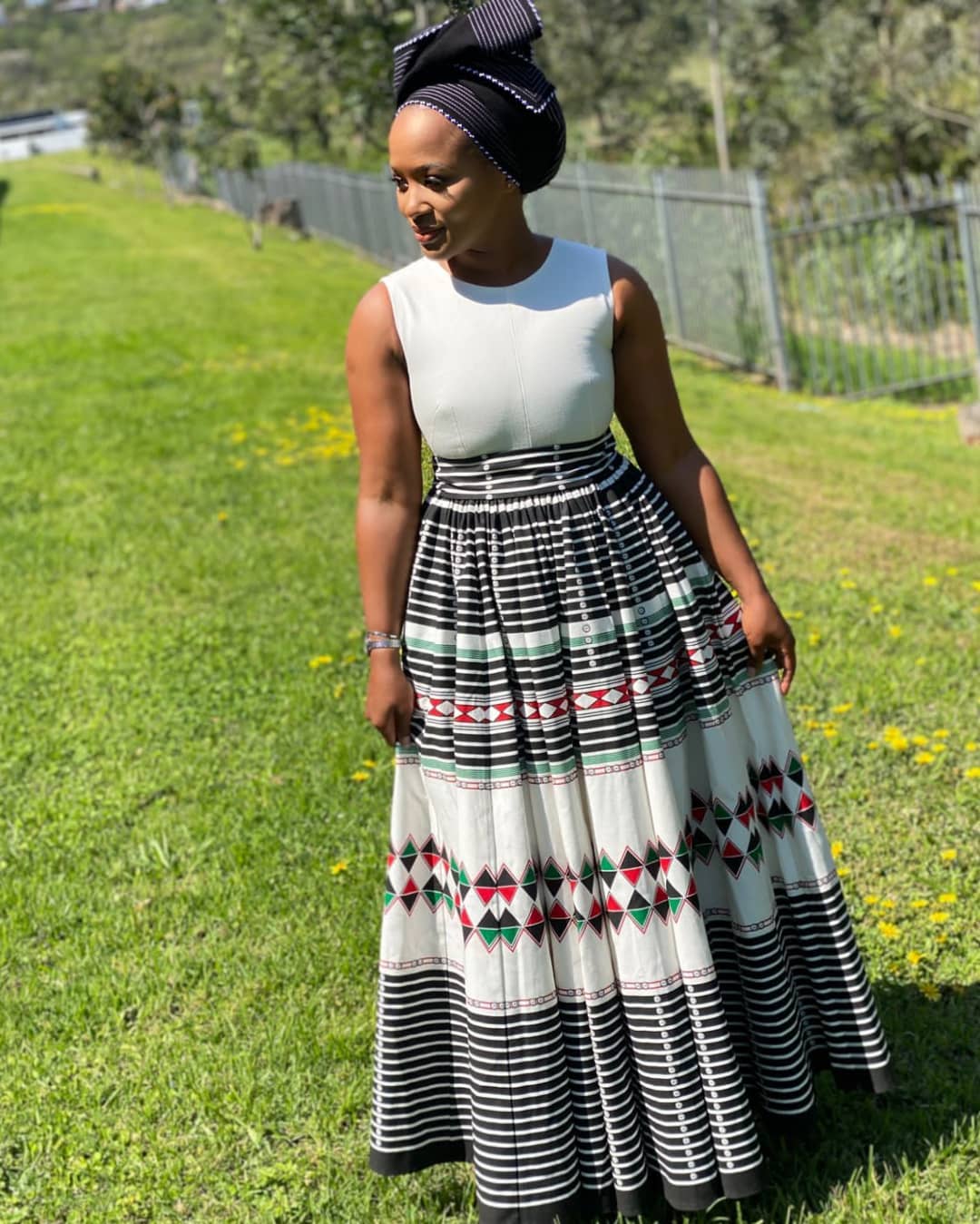 Isicholo( Xhosa Women’s headgear)
Isicholo( Xhosa Women’s headgear)
The Isicholo is a traditional headgear worn by Xhosa women in South Africa. It’s an important artistic symbol that carries both literal and emblematic significance.
History and Meaning of Isicholo
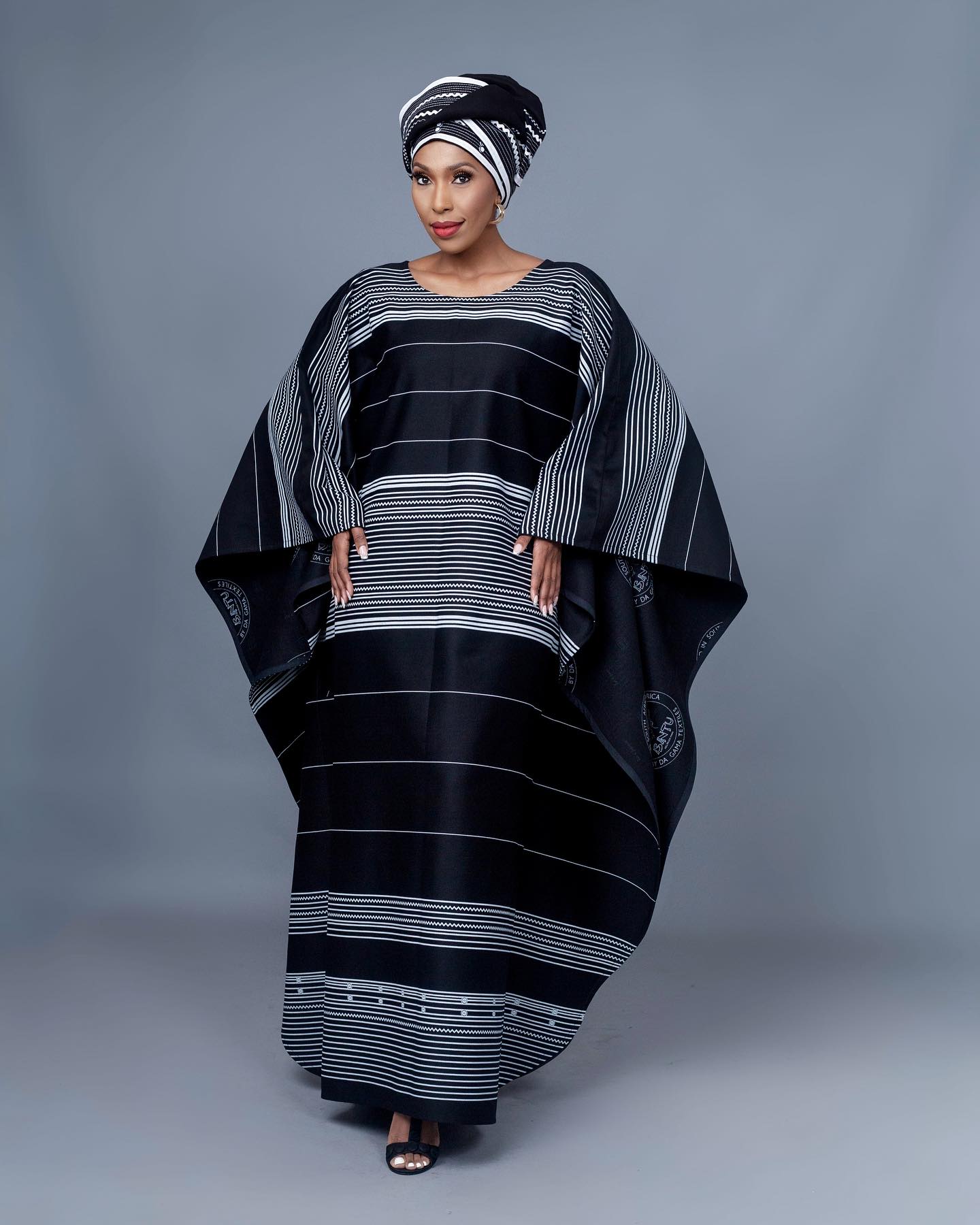 The Isicholo has a rich history that dates back centuries. It’s believed to have began during the time of the Xhosa Wars, when women played a significant part in the defense of their communities. The headgear was worn as a sign of strength, quality, and pride.
The Isicholo has a rich history that dates back centuries. It’s believed to have began during the time of the Xhosa Wars, when women played a significant part in the defense of their communities. The headgear was worn as a sign of strength, quality, and pride.
moment, the Isicholo continues to be an important symbol of womanishness and artistic identity in Xhosa society. It represents the wisdom, grace, and beauty of Xhosa women, as well as their part as caretakers and leaders within their communities.
 The Xhosa Traditional Attire comes in colorful styles and designs, each with its own unique meaning. Some hats are simple and understated, while others are more elaborate and ornate. The design frequently reflects the wear and tear’s age, connubial status, and social standing.
The Xhosa Traditional Attire comes in colorful styles and designs, each with its own unique meaning. Some hats are simple and understated, while others are more elaborate and ornate. The design frequently reflects the wear and tear’s age, connubial status, and social standing.
Common accoutrements used in the creation of Isicholo include globules, feathers, shells, and fabric. These accoutrements are precisely chosen for their symbolism and artistic significance.
Wearing the Isicholo isn’t only a fashion statement but also a way for Xhosa women to connect with their heritage and express their pride in being part of a vibrant and flexible culture.
Overall, the Isicholo is further than just a headgear – it’s a important symbol of tradition, identity, and commission for Xhosa women.
Xhosa Traditional Attire Skirts Imibhaco
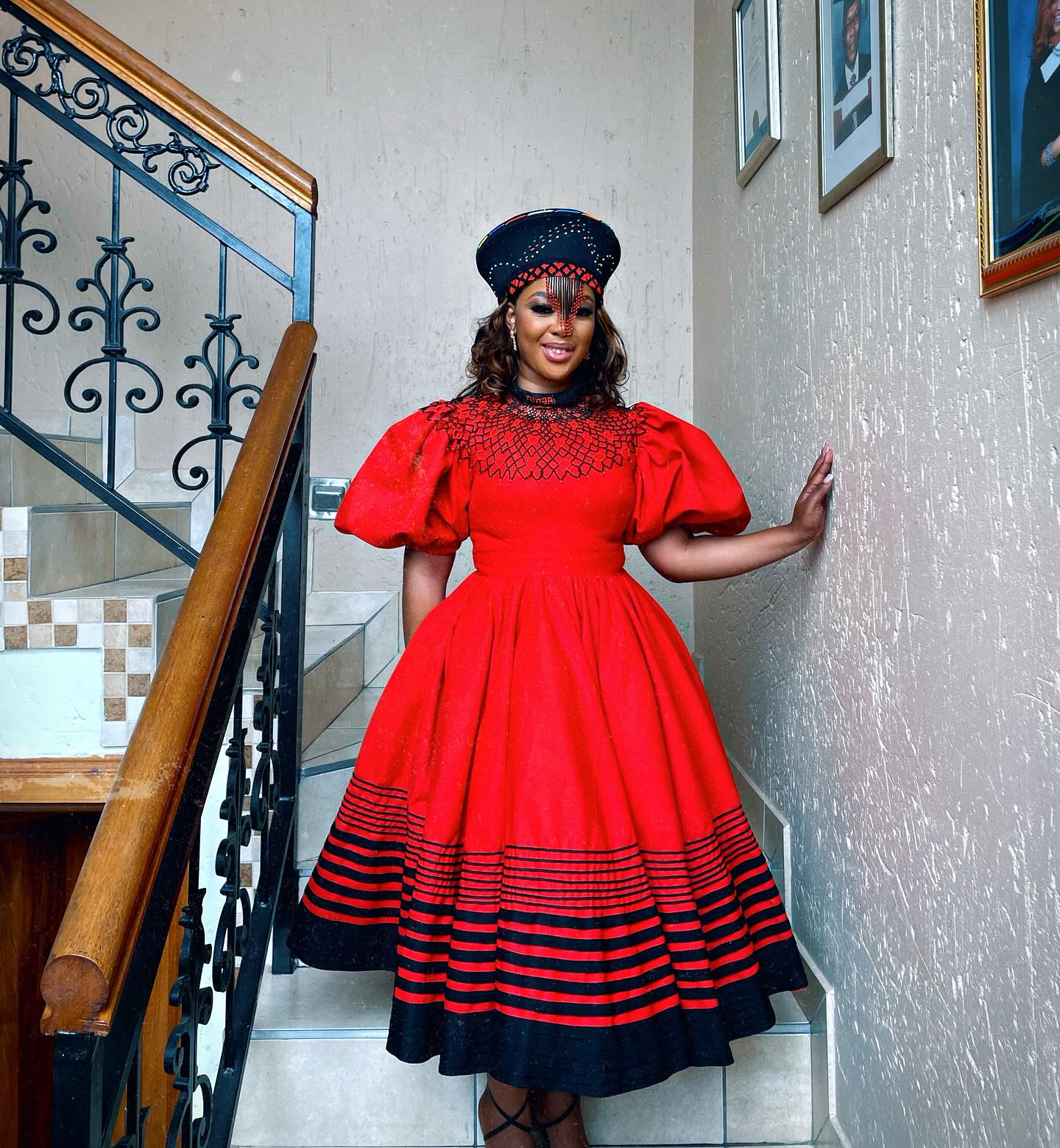 Imibhaco is a Xhosa Traditional Attire skirt worn by women in the Eastern Cape region of South Africa. These skirts are an important part of Xhosa culture and are frequently worn during special occasions and observances.
Imibhaco is a Xhosa Traditional Attire skirt worn by women in the Eastern Cape region of South Africa. These skirts are an important part of Xhosa culture and are frequently worn during special occasions and observances.
The imibhaco is made from a fabric called shweshwe, which is known for its vibrant colors and intricate patterns. The skirts are generally knee- length and point pleats that give them a unique and elegant look.
Variations and Patterns
Imibhaco skirts come in a variety of patterns and designs, each with its own significance. Some patterns are specific to certain clans or families, while others represent important artistic symbols or events. The colors used in the patterns also hold meaning, with certain colors representing fertility, wealth, or church.
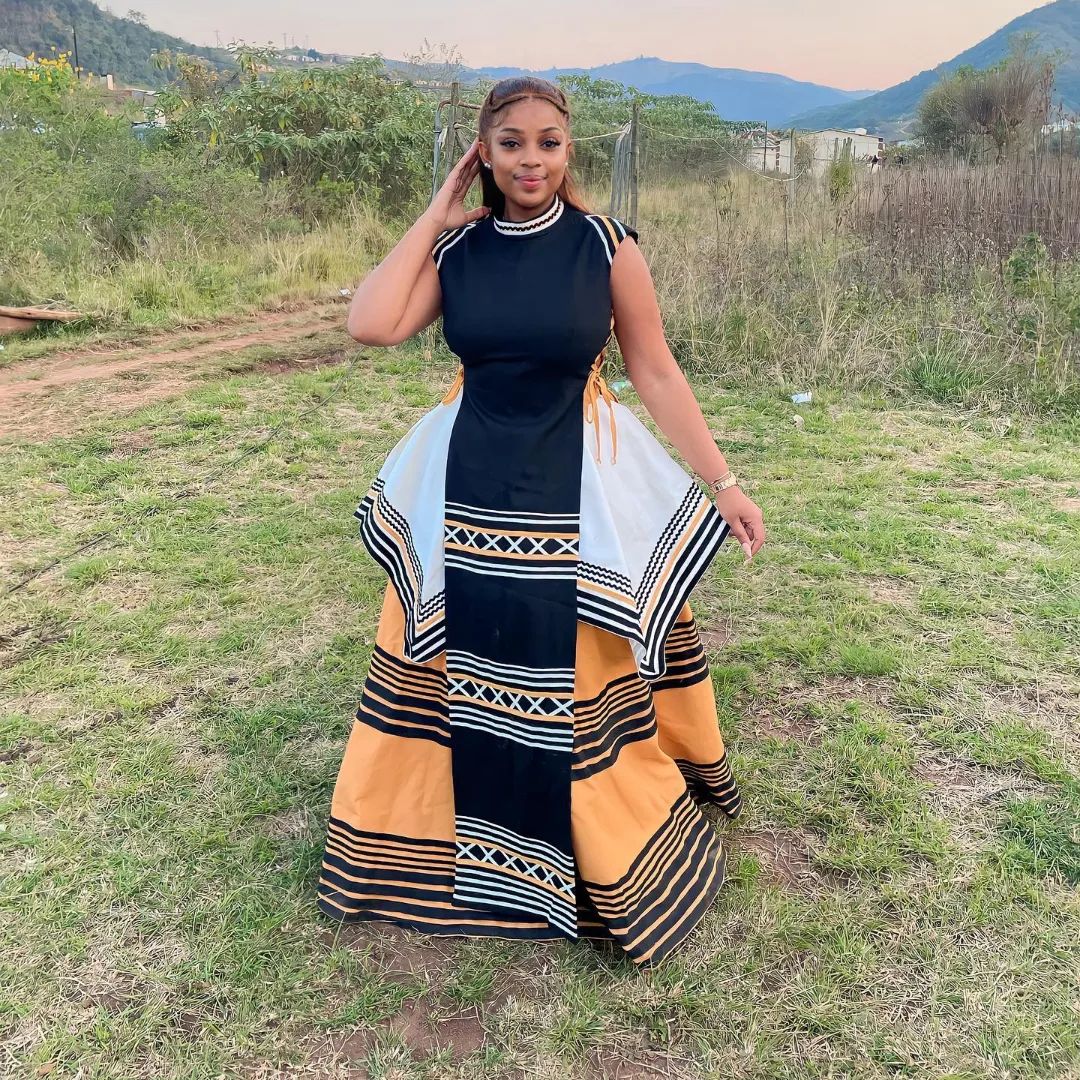 Women frequently take pride in wearing imibhaco as it not only represents their artistic heritage but also serves as a symbol of identity and concinnity within the Xhosa Traditional Attire community.
Women frequently take pride in wearing imibhaco as it not only represents their artistic heritage but also serves as a symbol of identity and concinnity within the Xhosa Traditional Attire community.
Overall, imibhaco skirts aren’t just pieces of apparel but important symbols of tradition, identity, and pride for Xhosa women.
Intsimbi, also known as the Xhosa men’s chapeau, is a traditional headpiece worn by men in the Xhosa culture of South Africa. These headdresses hold significant artistic and emblematic value, representing the wear and tear’s status, age, and social standing. Made from woven lawn or doormats, intsimbi headdresses are intricately drafted and frequently adorned with feathers or globules to enhance their beauty.
Symbolism and Styles Xhosa Traditional Attire
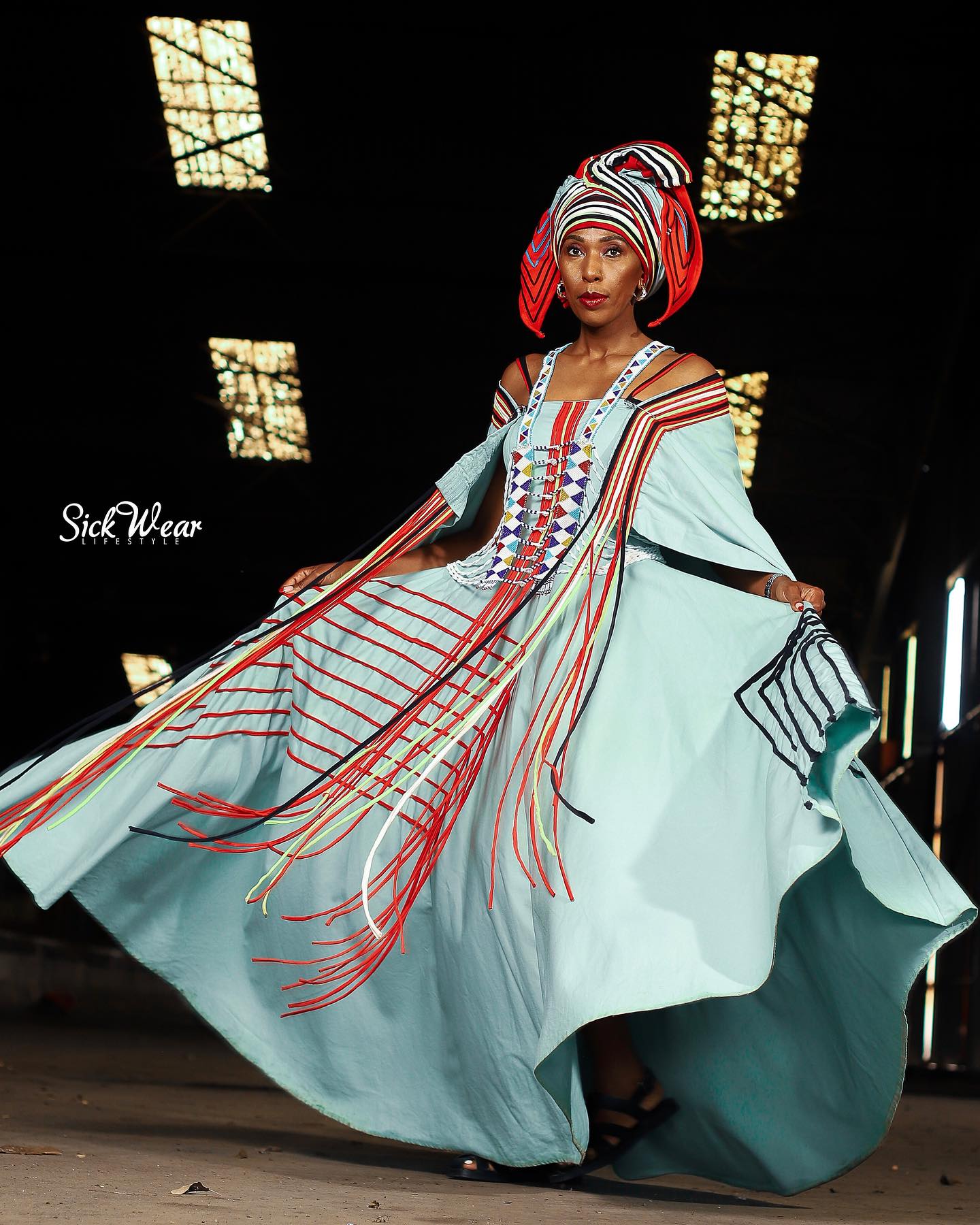 Each style of intsimbi chapeau carries its own symbolism. For illustration, a flat- outgunned chapeau signifies that the wear and tear is a wedded man, while a pointed chapeau represents an unattached man. The colors and patterns used in the chapeau design also hold meaning, reflecting aspects of Xhosa culture and traditions.
Each style of intsimbi chapeau carries its own symbolism. For illustration, a flat- outgunned chapeau signifies that the wear and tear is a wedded man, while a pointed chapeau represents an unattached man. The colors and patterns used in the chapeau design also hold meaning, reflecting aspects of Xhosa culture and traditions.
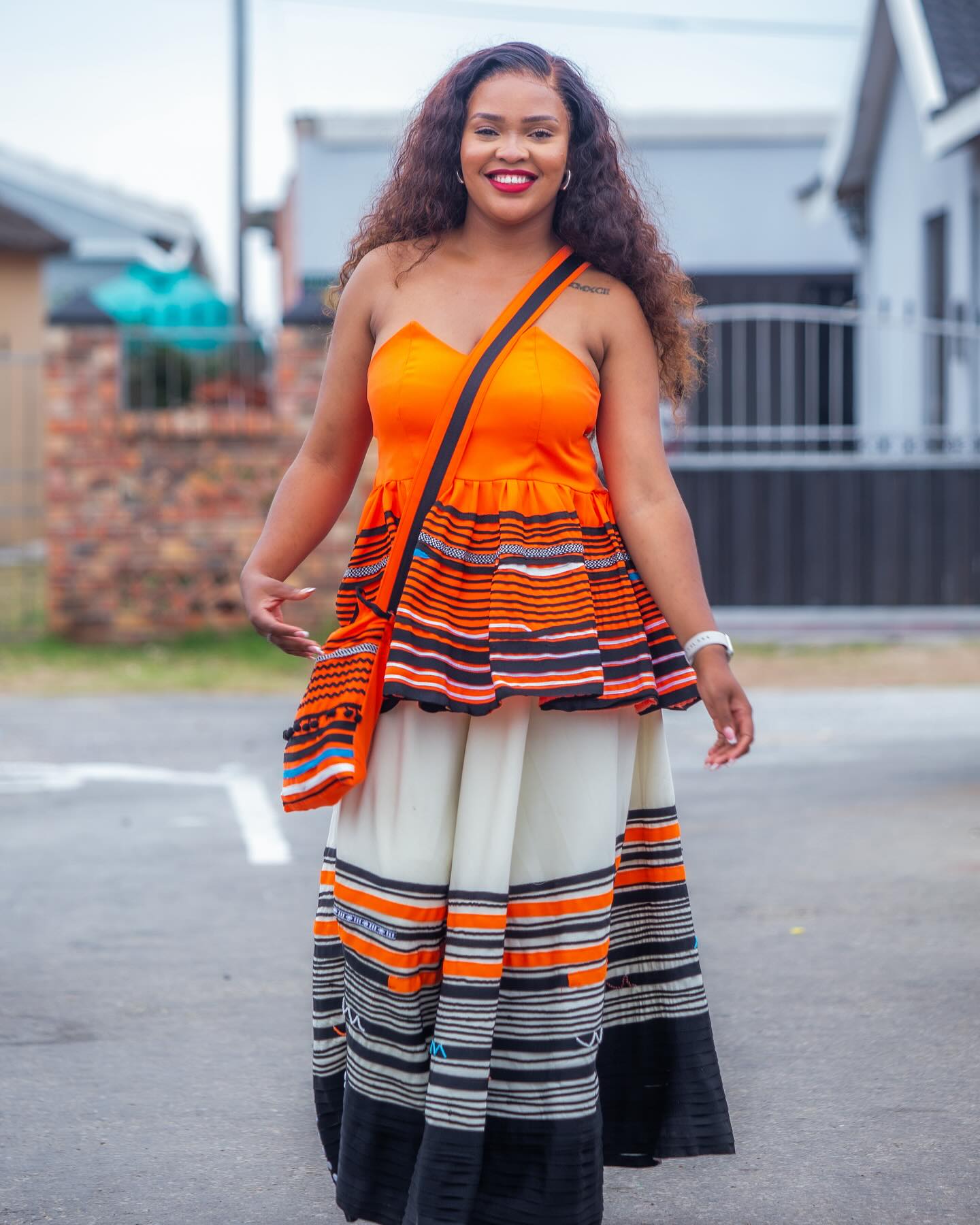 The intsimbi chapeau isn’t only a artistic symbol but also a fashion statement. It’s frequently worn during special occasions similar as marriages, observances, and traditional carnivals. moment, these headdresses have gained fashionability beyond the Xhosa community and are appreciated for their unique design and artistic significance.
The intsimbi chapeau isn’t only a artistic symbol but also a fashion statement. It’s frequently worn during special occasions similar as marriages, observances, and traditional carnivals. moment, these headdresses have gained fashionability beyond the Xhosa community and are appreciated for their unique design and artistic significance.
Whether worn for artistic pride or as a fashion accessory, the intsimbi chapeau showcases the rich heritage and traditions of the Xhosa people. It serves as a memorial of the significance of conserving and celebrating different artistic practices in our ultramodern world.
Ibhayi( Xhosa Women’s Rounded Choker)
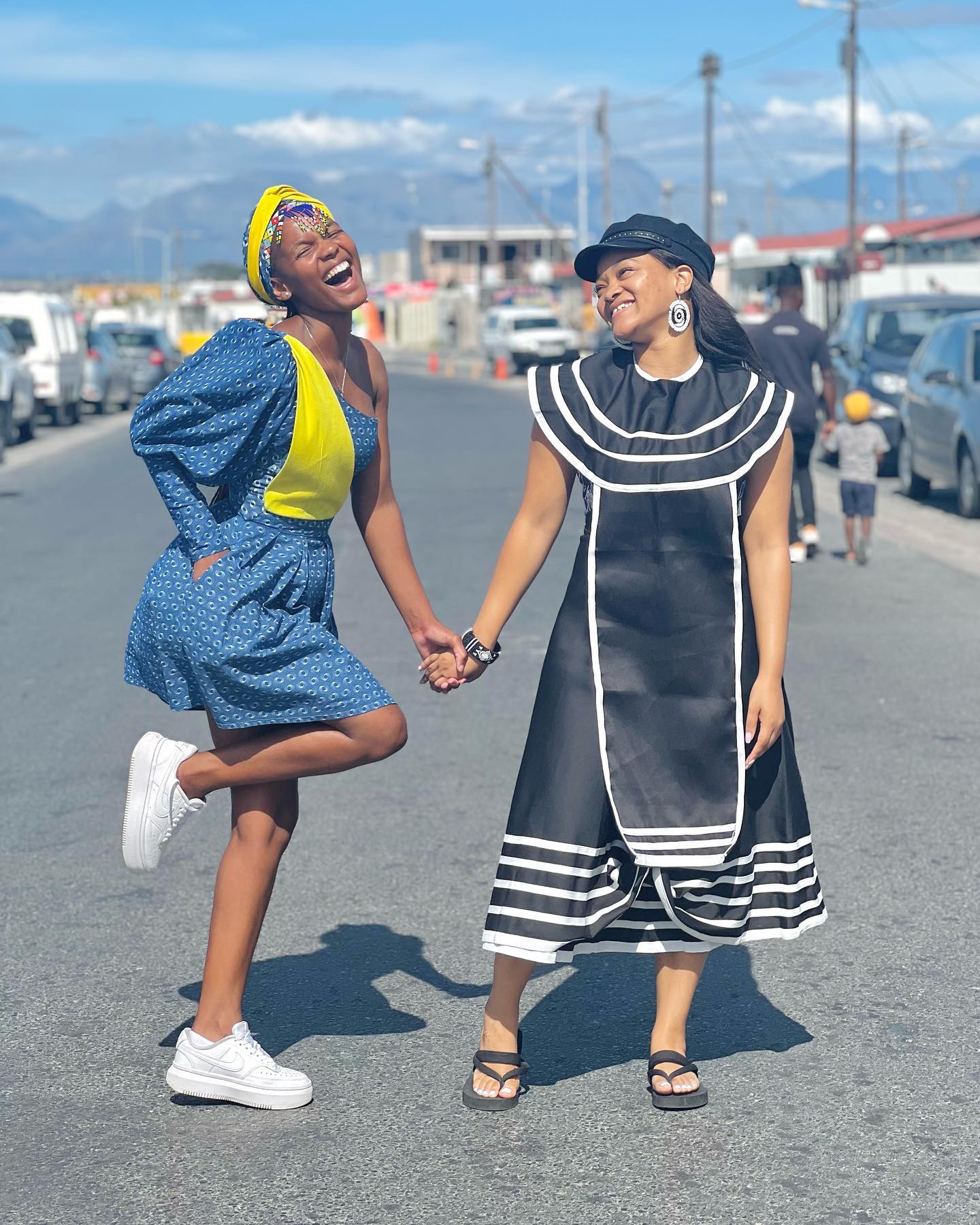 Ibhayi is a traditional rounded choker worn by Xhosa Traditional Attire in South Africa. These chokers hold significant artistic and emblematic value for the Xhosa people, representing their heritage, identity, and status within the community.
Ibhayi is a traditional rounded choker worn by Xhosa Traditional Attire in South Africa. These chokers hold significant artistic and emblematic value for the Xhosa people, representing their heritage, identity, and status within the community.
Traditional Patterns and Colors
The design of an ibhayi is intricate and unique, with each choker telling a story through its patterns and colors. The patterns frequently reflect rudiments of nature, similar as creatures, shops, or geometric shapes. The colors used in the globules hold emblematic meanings as well. For illustration, red may represent love and passion, while blue may emblematize church or mending.
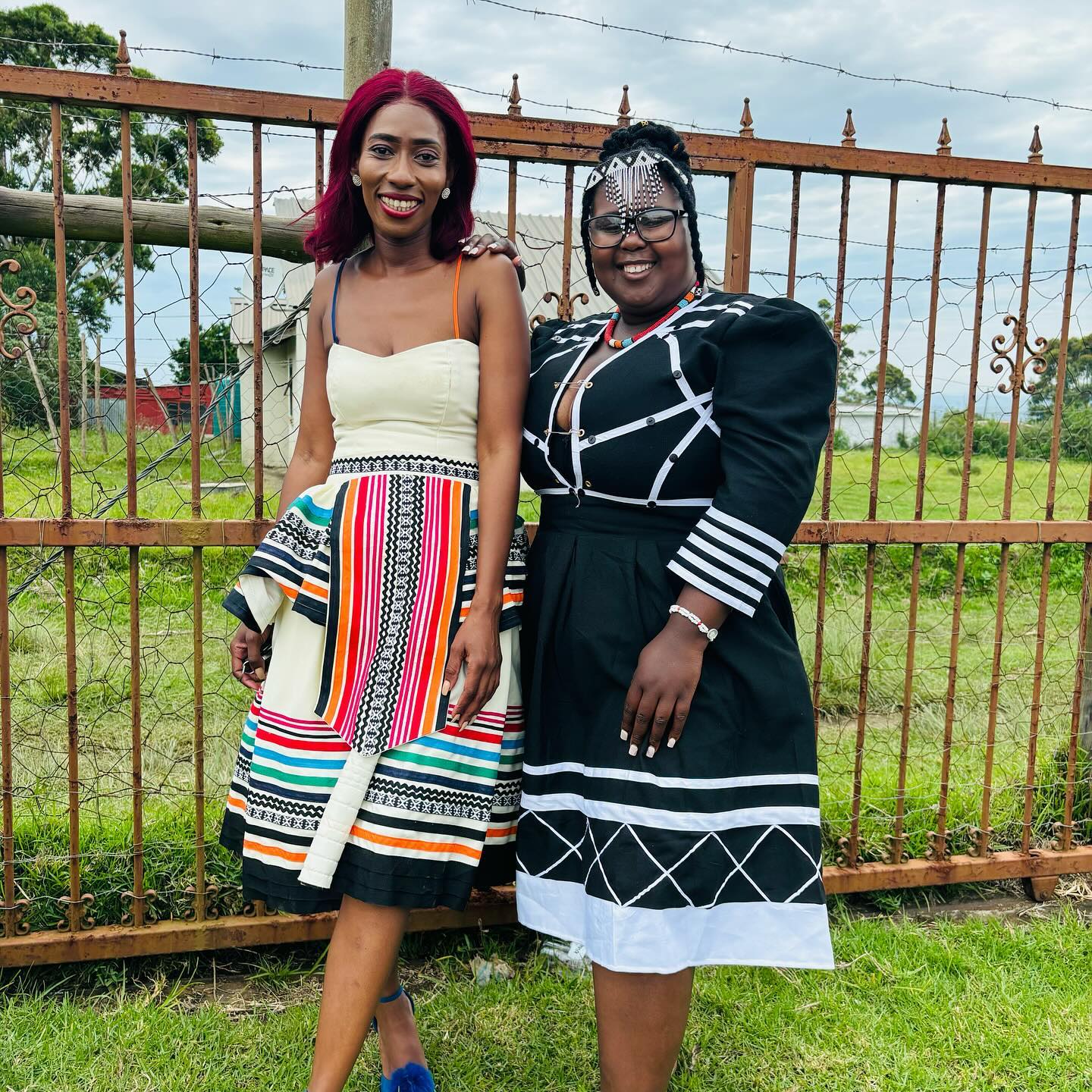 Xhosa women take great pride in creating and wearing these chokers, which are frequently passed down through generations. The artificer and attention to detail in each ibhayi showcase the rich artistic heritage of the Xhosa people.
Xhosa women take great pride in creating and wearing these chokers, which are frequently passed down through generations. The artificer and attention to detail in each ibhayi showcase the rich artistic heritage of the Xhosa people.
Whether worn for special occasions or as part of everyday vesture, ibhayi serves as a visual representation of Xhosa tradition and serves as a connection to their ancestors. It’s a beautiful expression of art, culture, and identity that continues to be cherished by Xhosa women moment.
Comments are closed.